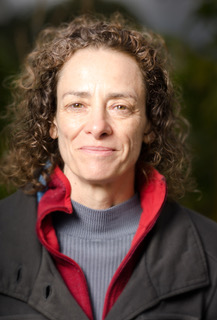New Developments in Storytelling
Since my teaching days at UC Berkeley, my innovative work in applying screenwriting principles to documentary film has evolved.
Initially Hollywood gurus like Robert McKee (Story) and Syd Field (The Screenwriter’s Workbook) informed my process of tailoring the three-act structure to make documentaries more dramatic.
But in a day when the big news from Cannes is that 82 women are calling for gender equality, I’m happy to report there are female fiction script consultants who are revolutionizing our understanding of story!
These include Dara Marks (Inside Story), Kim Hudson (The Virgin’s Promise), and Carol S. Pearson (Persephone Rising).
I love Dara Marks. We met at the Esalen Inspirational Film Festival, where we both taught about story. Considered the #1-rated Hollywood script consultant for fiction films, she argues that plot movement must coincide with the protagonist’s inner development.
Translating this narrative insight into documentary films, I now look at story arc in two ways.
First, ask the key plot question that McKee and Field taught: what does the protagonist want? (The more specific the goal/quest, the better.)
Second, ask: what internal change does the protagonist need to make to reach their goal?
As Marks puts it, “What can the protagonist do by the end of the film that they couldn’t do at the beginning?”
Note that this structural approach generally doesn’t work for essay-style docs (driven by ideas rather than a character’s quest).
But for directors of character-driven docs, the dance between plot movement (external quest) and character development (internal desire) results in a powerful story.
Again, not every documentary has the right stuff to warrant true character transformation. To help determine if your film has this potential, check out my Four Steps to Structuring Character.
